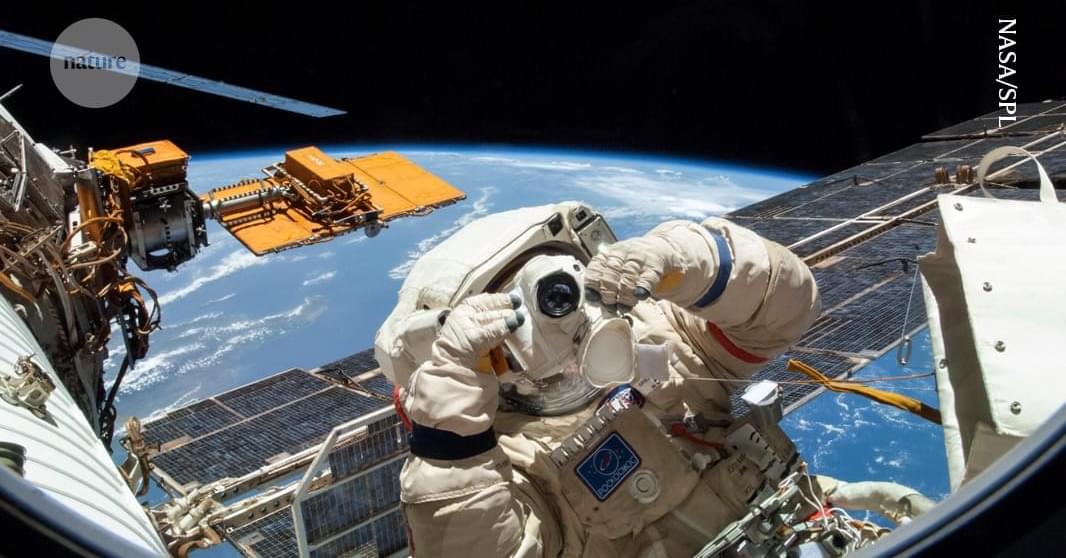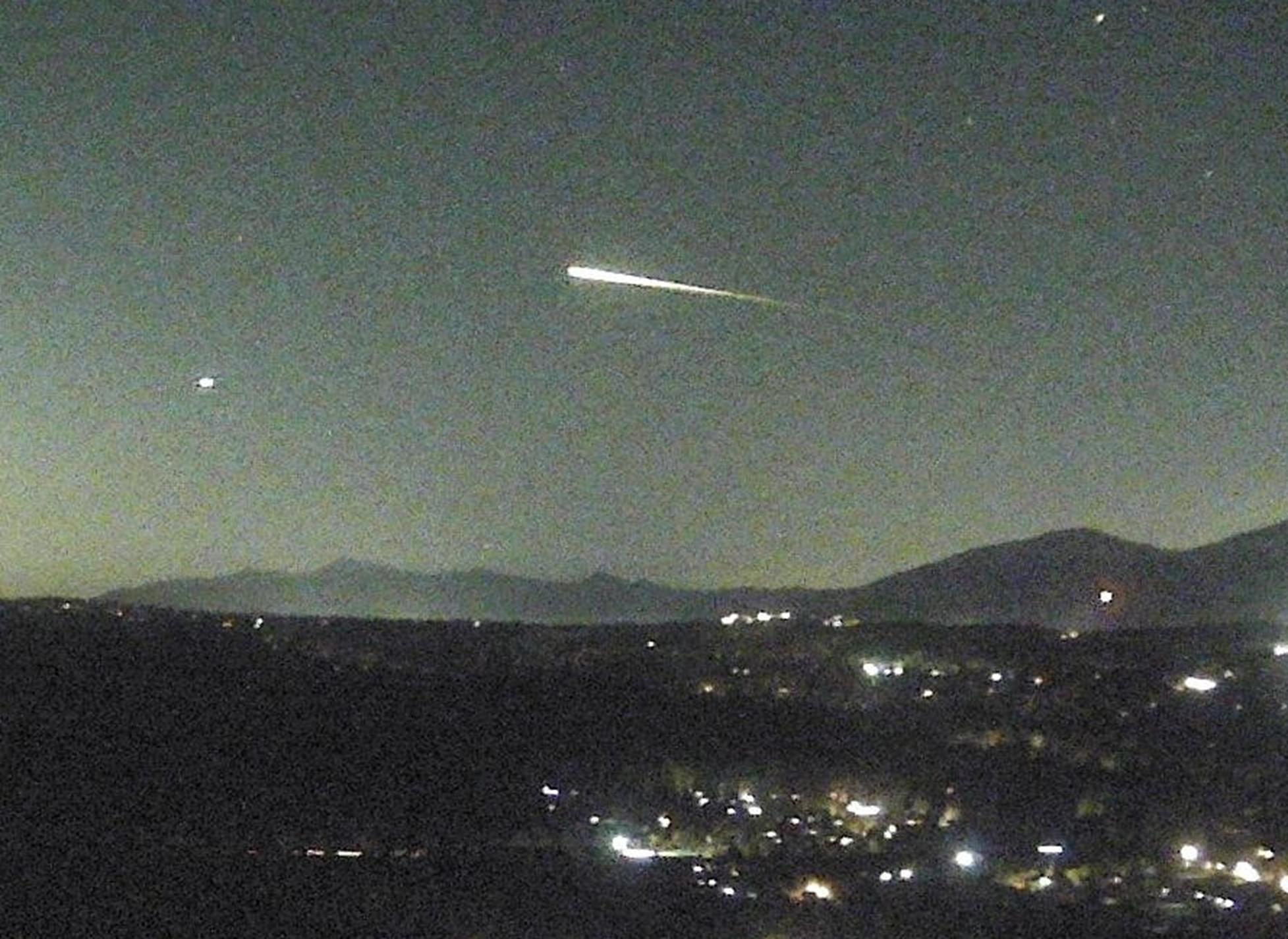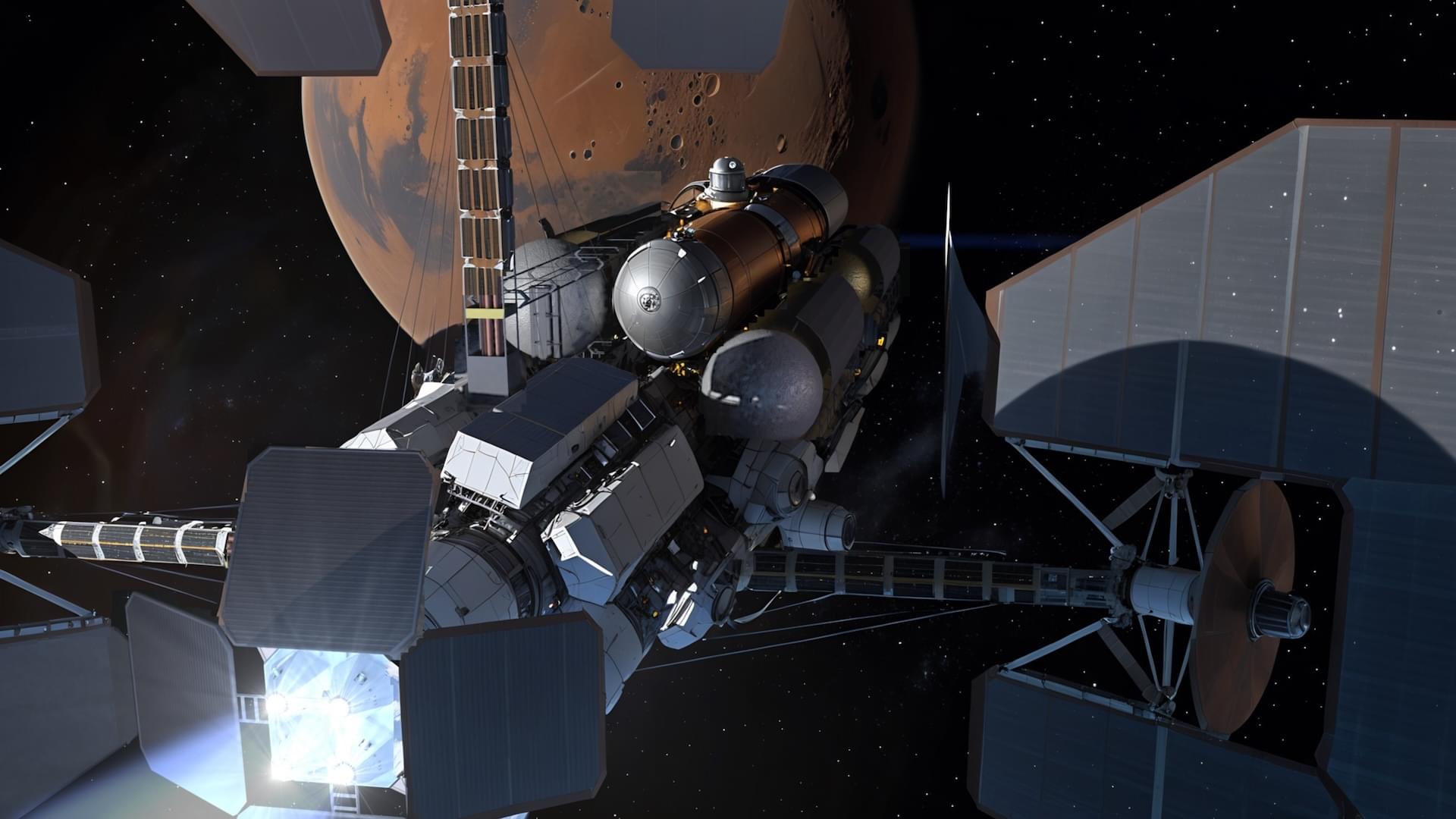Mysterious syndrome remains a ‘red risk’ for long-term spaceflight.



Join us for full LIVE Countdown To Launch Coverage of SpaceX’s 9th Starship Flight Test For a full detailed mission briefing visit: https://tlpnetwork.com/la…
Experience Sunbird and step into the future of propulsion. Dive into our interactive 3D experience and see Sunbird in action as it unlocks new frontiers.
Meet Sunbird, a marvel of space propulsion innovation, powered by our state-of-the-art Dual Direct Fusion Drive (DDFD). With a remarkable specific impulse of 10,000–15,000 seconds and 2 MW of power, Sunbird is redefining what’s possible in space travel.
The compact DDFD isn’t just an engine, it’s a leap forward, providing both thrust and electrical power for next-generation spacecraft. This breakthrough opens unprecedented possibilities to explore the solar system faster and with greater payloads than ever before.
Ready to see the future launch?
A special thank you to Dark Star Labs for bringing our vision to life with this incredible video.

In the year 2,525, humans, post-humans, and new species navigate a vast and vibrant future. Join us as we explore the lives, dreams, and struggles of a trillion-strong civilization.
Watch my exclusive video Antimatter Propulsion: Harnessing the Power of Annihilation — nebula.tv/videos/isaacarthur-a…ower-of-annihilation.
Get Nebula using my link for 40% off an annual subscription: go.nebula.tv/isaacarthur.
Get a Lifetime Membership to Nebula for only $300: go.nebula.tv/lifetime?ref=isaacarthur.
Use the link gift.nebula.tv/isaacarthur to give a year of Nebula to a friend for just $30.
Visit our Website: http://www.isaacarthur.net.
Join Nebula: https://go.nebula.tv/isaacarthur.
Support us on Patreon: https://www.patreon.com/IsaacArthur.
Support us on Subscribestar: https://www.subscribestar.com/isaac-arthur.
Facebook Group: https://www.facebook.com/groups/1583992725237264/
Reddit: https://www.reddit.com/r/IsaacArthur/
Twitter: https://twitter.com/Isaac_A_Arthur on Twitter and RT our future content.
SFIA Discord Server: https://discord.gg/53GAShE
Credits:
Life in 2525 A.D.
Episode 500; May 22, 2025
Written, Produced & Narrated by: Isaac Arthur.
Editors: Merv Johnson II & Thomas Owens.
Graphics:
Anthrofuturism.
Jarred Eagley.
Jeremy Jozwik.
Ken York YD Visual.
Space Resources CGI
Udo Schroeter.
Select imagery/video supplied by Getty Images.
Venus Aerospace had the first-ever U.S. flight test of a rotating detonation rocket engine (RDRE)—a next-gen propulsion technology that’s been theorized for decades, but never flown… until now. The Rotating Detonation Rocket Engine (RDRE) changes everything, and Venus is the first venture-backed aerospace company to bring the RDRE from concept to commercialization. RDREs are a breakthrough technology for rocket propulsion, which have the potential to offer several benefits over traditional rocket engines.

My telescope, set up for astrophotography in my light-polluted San Diego backyard, was pointed at a galaxy unfathomably far from Earth. My wife, Cristina, walked up just as the first space photo streamed to my tablet. It sparkled on the screen in front of us.
“That’s the Pinwheel galaxy,” I said. The name is derived from its shape—albeit this pinwheel contains about a trillion stars.
The light from the Pinwheel traveled for 25 million years across the universe—about 150 quintillion miles—to get to my telescope.

WASHINGTON — Virgin Galactic says production of its new suborbital spaceplanes remains on track to allow commercial flights to begin in the middle of next year as it contemplates restarting ticket sales.
The company spent much of a May 15 earnings call talking about the technical progress it has made in the assembly of its first Delta-class vehicles, or SpaceShips, in areas such as structures, propulsion and avionics.
“An enormous amount of work is taking place across our company as well as our key suppliers,” said Michael Colglazier, chief executive of Virgin Galactic, in the call. Earlier in the day, the company released a video highlighting current progress on the vehicle, and Colglazier said the company would start a regular series of updates on assembly in June.